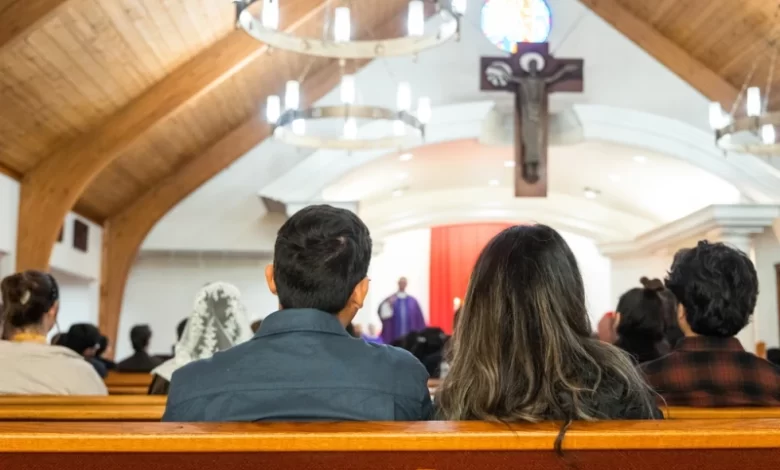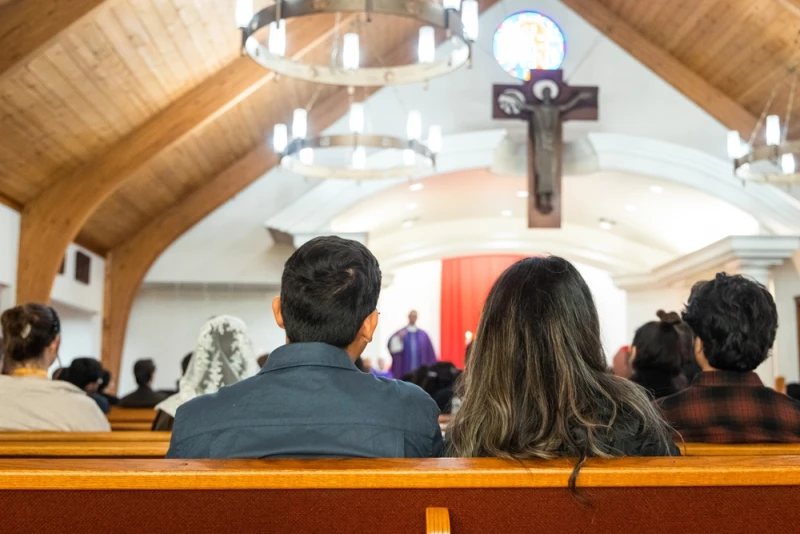Americans’ religious preferences remain mostly unchanged over the last 5 years, poll shows

 null / Credit: HoneySkies/Shutterstock
null / Credit: HoneySkies/Shutterstock Washington, D.C. Newsroom, Apr 30, 2025 / 15:07 pm (CNA).
Recent polling data has found that Americans’ religious affiliations have not greatly changed since 2020, appearing to stabilize following decades of substantial shifts.
Data collected by the polling firm Gallup surveyed 12,000 adults in the U.S. and found that from 2000 to 2020, the percentage of people with no religious affiliation spiked, while Protestant and Catholic populations declined.
In 2000, 57% of Americans identified as Protestant or nondenominational Christians. Over the following 20 years this group dropped more than 10 points to 46%. The Catholic population experienced a smaller yet still notable decline over the same time period, decreasing from 25% to 22%.
The largest change over the two decades was the increase in American adults who said they had no religious affiliation. In 2000, only 8% of those surveyed said they did not practice a religion, but in 2020 the number had jumped to 20%.
Yet recent research from 2020 to 2024 revealed that American adults’ religious affiliations have become more stable, experiencing little to no change in numbers from year to year.
In 2020, 22% of Americans identified as Catholic and in 2024 the population remained similar at 21%. The Protestant population also only slightly declined from 46% to 45%.
The study looked at people who practice “other religions” including those who consider themselves Mormon, Jewish, Muslim, or another religion and found that this group has only increased by 1 percentage point since 2020.
Following the large 12-point increase in nonreligious adults from 2000 to 2020, the group only increased by 2 points from 2020 to 2024. As of 2024, 22% of Americans, or 1 in 5, said they have no religious preference.
Millennials are primarily responsible for the increase in adults with no religion, with 31% of them reporting they have no affiliation. This amount has almost doubled from 16% in the 2000 to 2004 survey.
The Silent Generation, baby boomers, and Generation X all had smaller 4- and 5-point increases during the same time period.
The most recent surveys further examined the smaller religious populations that make up the “other religions” group, which has remained consistent from 2000 to 2024 with only very slight fluctuation.
In the U.S., 2.2% of adults identify as Jewish, 1.5% as Latter-Day Saints or Mormon, and less than 1% each as Muslim, Buddhist, Orthodox Christian, or Hindu.
Combined data from 2020 to 2024 revealed that 69% of American adults are Christian, 4.1% are a non-Christian denomination, and 21.4% said they have no affiliation. The other individuals did not answer or provided a response outside the options the survey listed.




